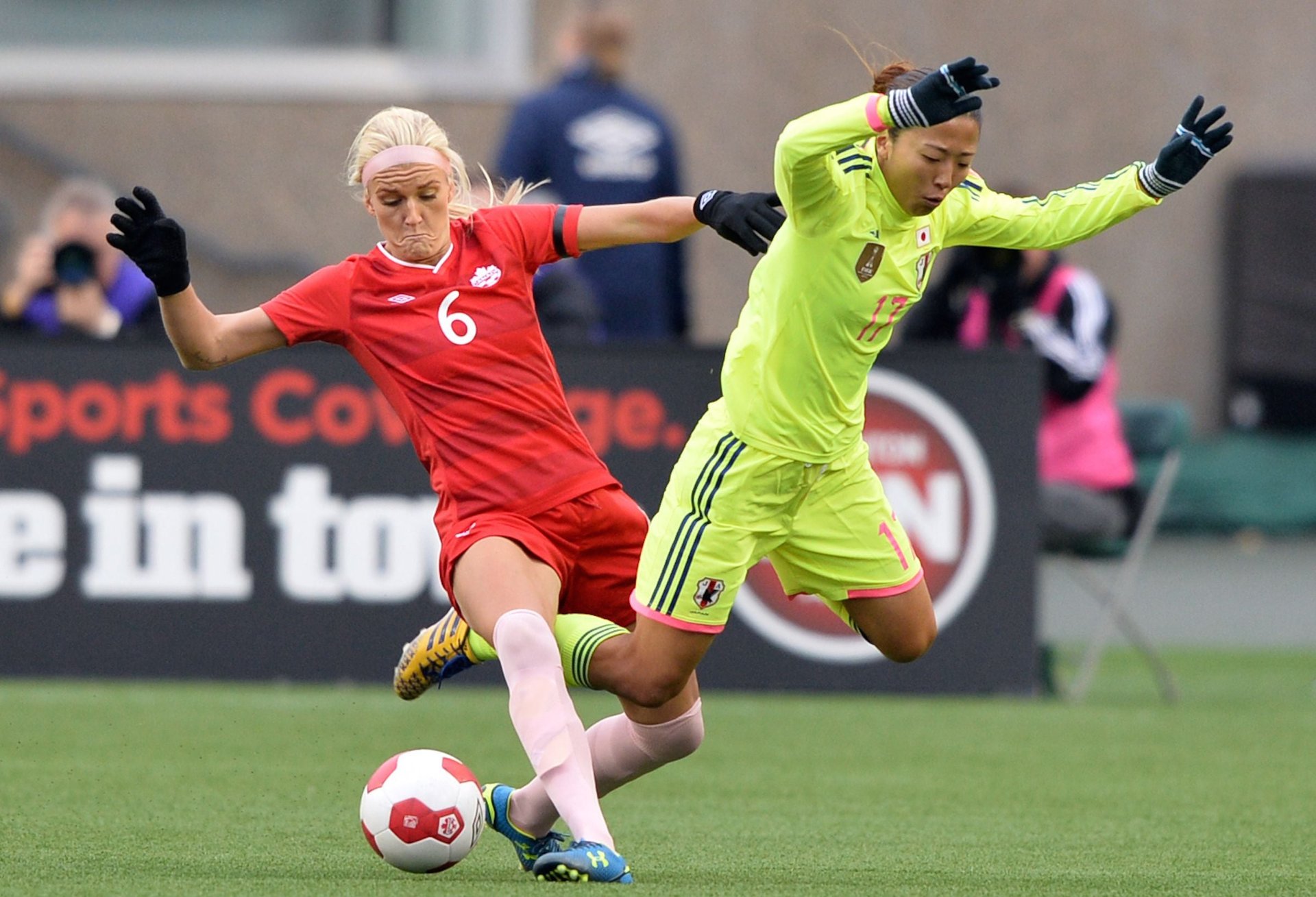Women soccer players earn only 3% of the prize money of their male counterparts
Germany’s men’s soccer team won the World Cup in Brazil in the summer, becoming the first European team to do it on South American soil. The players’ reward was prize money of around $35 million. In 2011, Japan’s women’s national team won the World Cup in Germany, becoming the first Asian team to do so ever. Their reward? About $1 million.


Germany’s men’s soccer team won the World Cup in Brazil in the summer, becoming the first European team to do it on South American soil. The players’ reward was prize money of around $35 million. In 2011, Japan’s women’s national team won the World Cup in Germany, becoming the first Asian team to do so ever. Their reward? About $1 million.
The prize disparity between the men’s and women’s game exists throughout all levels of professional soccer. According to figures compiled by the BBC, a men’s team earns more than $13 million to win the Champion’s League, the elite competition between the best European clubs, but a women’s team gets only $322,000 for winning their version of the tournament. Out of the 35 sports the BBC looked at, soccer had by far the biggest disparity in prize money.
In England, sports minister Helen Grant suggested that more sports needed to take part “in the battle for gender balance and fairness.” This comes as the country’s women’s team may soon surpass the crowd-pulling power of the men’s team, filled with superstars like Wayne Rooney. The women will play at Wembley, the national stadium, for the first time next month and are on track to draw their largest crowd ever. More than 33,000 tickets have been sold with more than month to go—this comes after the lackluster men’s team played before a record low turnout of 40,000 last month.
Soccer’s governing body in England said it was unfair to compare the two forms of the game. “The men’s game is a huge multi-million pound industry so when you compare it to the women’s game, which until three or four years ago was played by amateurs, the gulf is enormous,” the Football Association’s Kelly Simmons told the BBC. “We are investing £12 million ($19 million) in women’s football this year but we want to direct that investment where we think it will have the biggest impact and at the moment we do not think that is in prize funds.”
With more commercial sponsors coming into the women’s game, this may change in the run-up to the 2015 Women’s World Cup, to be held in Canada. The 2011 edition was the most-watched in the history of the tournament, as the quality of play in the women’s game has steadily improved. And there has been much controversy over plans to play the 2015 tournament on artificial turf, unlike the natural grass in the men’s World Cup, which has shone the spotlight on the women’s game even more.
But if you’re still unhappy about the gap in prize money between men and women, you should watch more tennis.